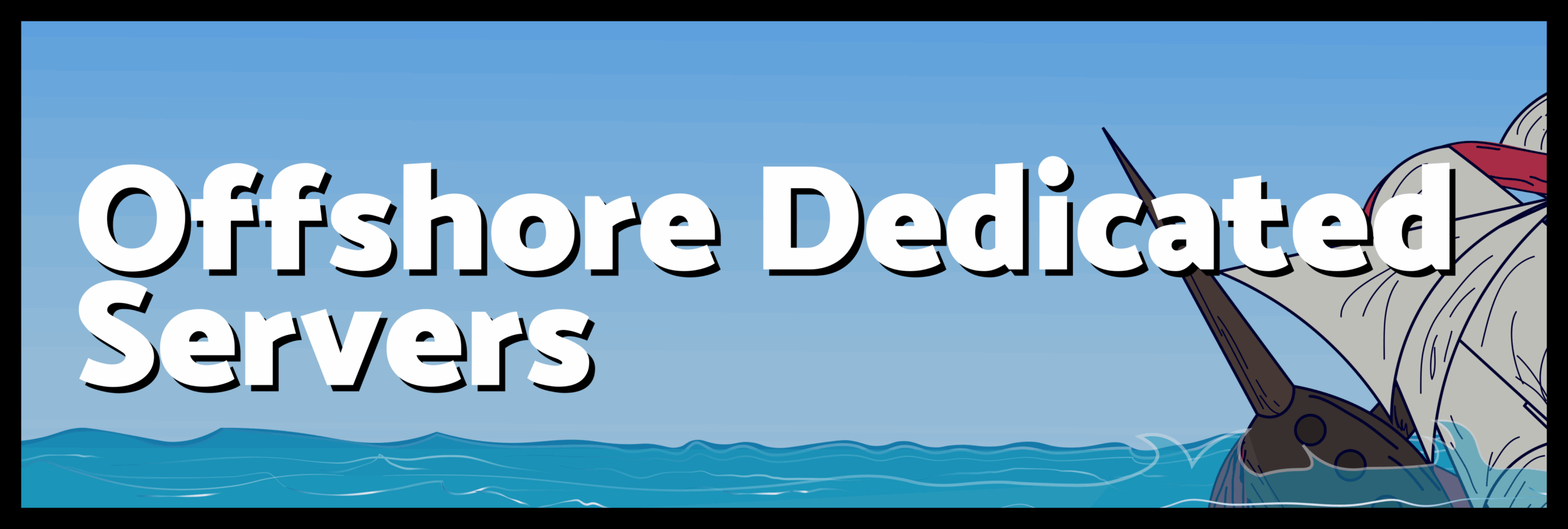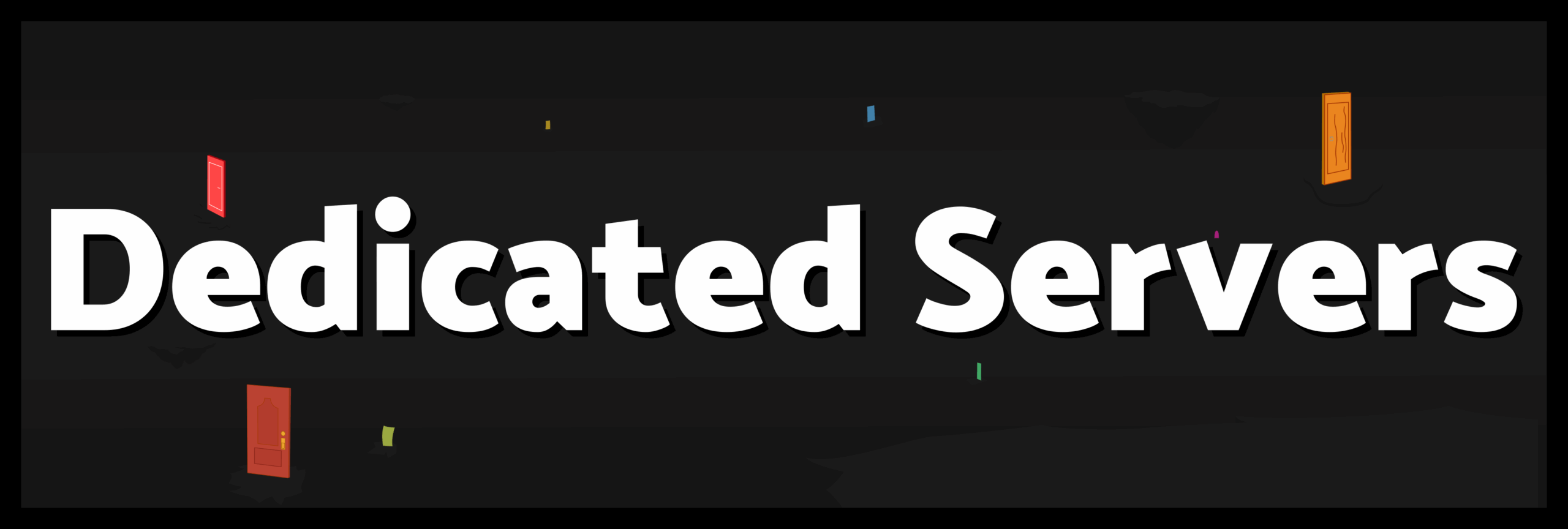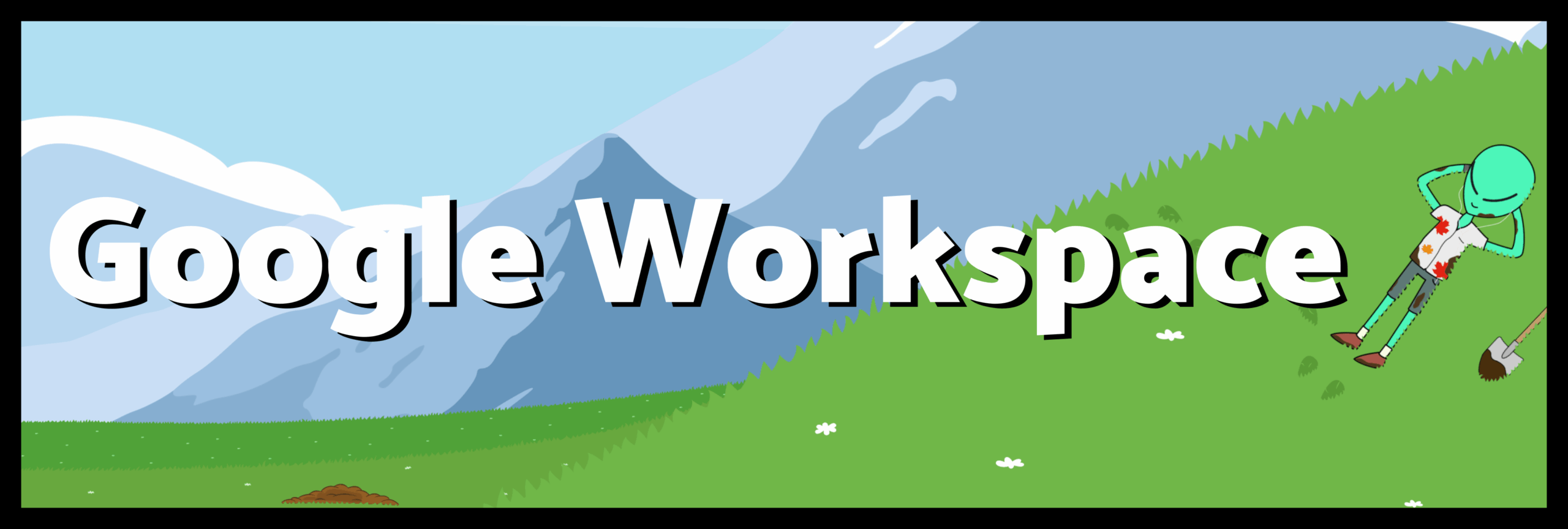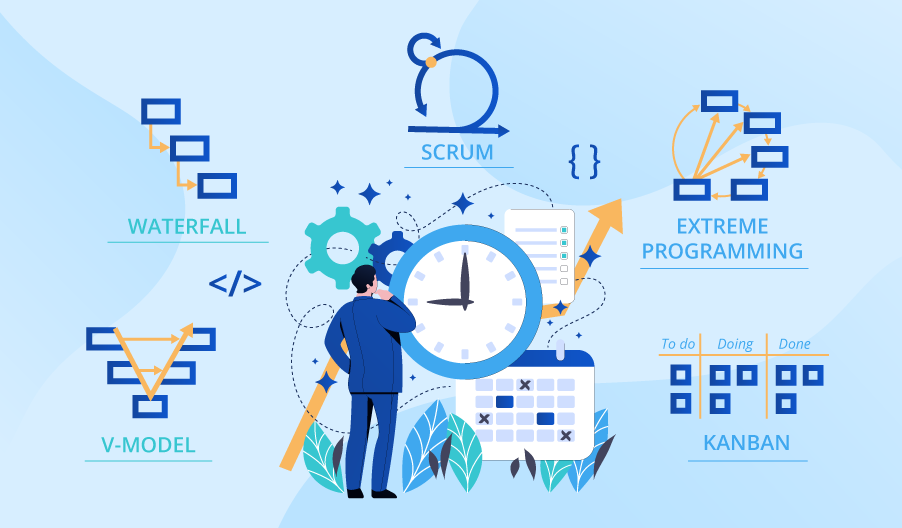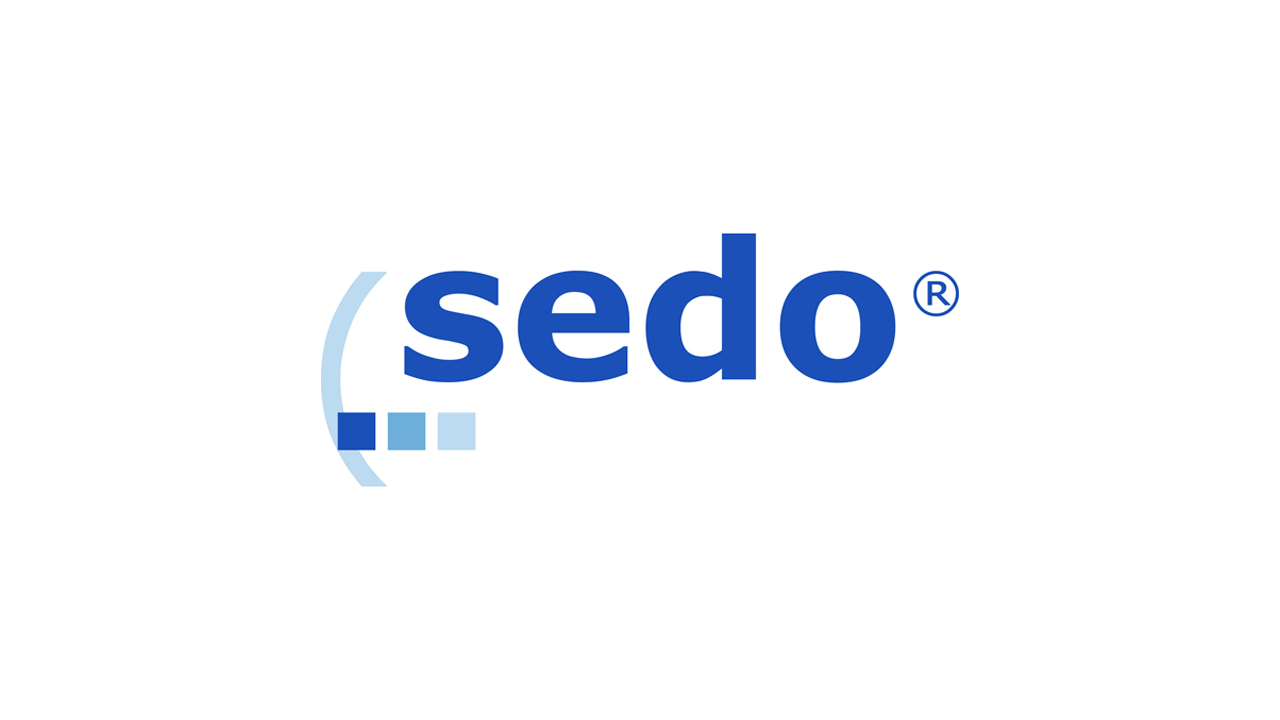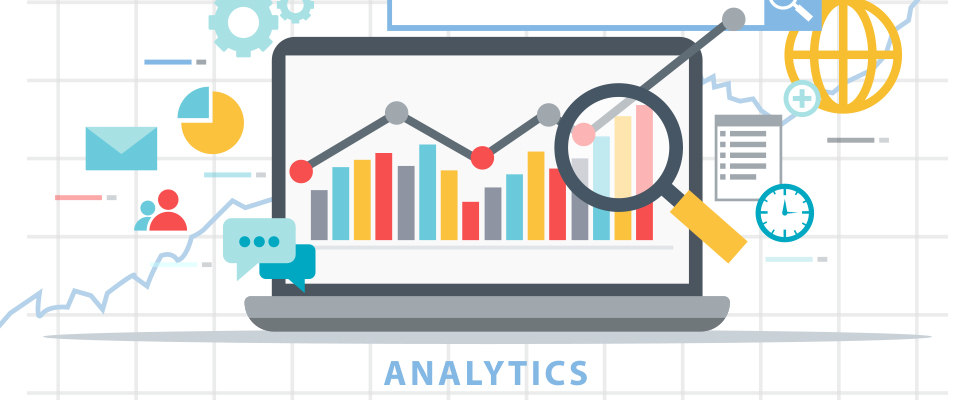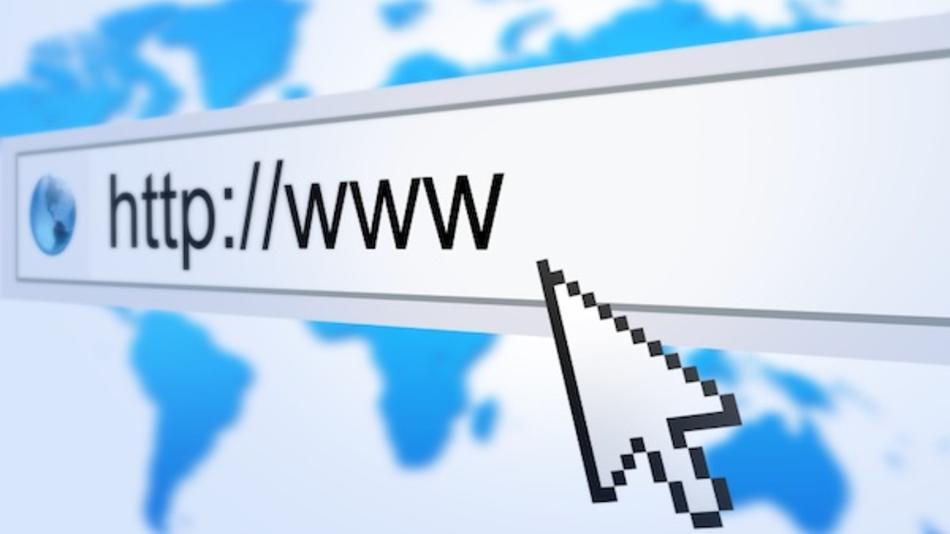Before we start. If you are unsure what the Clean Development Mechanism is. Let me give you a very simple definition, while keeping the jargon to a minimum.
The Clean Development Mechanism is an international method of trading and subsidy devised to give the developed nations a sustainable method by which large companies who are also big emitters of greenhouse gases can invest in the developing nations to get the maximum carbon emissions reduction for the money spent while also benefiting the economies of the poorer nations.
The advantages of the Clean Development Mechanism (CDM) are:
1) Projects can be chosen in the developing world which have been described as “low hanging fruit”. That is that for a low cost, large reductions in carbon dioxide emissions can be achieved.
2) For the participating large company in a developed country the cost of doing this will be lower than doing more at home to reduce the carbon emissions from their factories. After all, they will already have been required to do quite a lot already by their local Environmental Regulator. This should reduce the burden on the developed nation’s economy.
3) The developing nations will gain local skills through training and technology transfer, in order that the Clean Development Mechanism projects can be built and operated.
4) Many CDM schemes will produce electric power for local use.
The dis-advantages of the Clean Development Mechanism (CDM) are:
1) Everyone is so concerned that corruption will result in these projects being fraudulent, or simply never being properly built and commissioned, that the bureaucracy that awards the bank grants to build them is enormous. and approves them will be so large that all the cost saving of “low hanging fruit” may be lost, and the complexity of administration and weight of paperwork and procedures will stifle projects.
2) The administrators and politicians flying to conferences etc emits huge amounts of carbon dioxide negating the intended reductions.
3) CDM projects must always add to the emissions reduction measures which the developing nations should themselves be legislating for and applying laws to achieve. This is called the “additionality principle”. But the effect will be that these nations will not make these badly needed self regulating carbon reducing laws as they become more prosperous, because their politicians will realise that by doing so they will lose a large amount of international subsidy. The result of this would be a distortion of environmental laws in the developing nations.
It is all very well being “pro” or “anti” Climate Change theory. Are you “pro” or “anti”?
If you are a Climate Change convert you should find out more about whether the Clean Development Mechanism really is worth supporting? To do that you need to read about the Clean Development Mechanism.
If you are a Climate Change doubter, or even an out and out skeptic, you will surely want to find out more about whether the Clean Development Mechanism has any merits at all, to become better at convincing “converts” of their erroneous views, among your friends and family.
Either way, climate change is widely recognised as the biggest issue for mankind.




